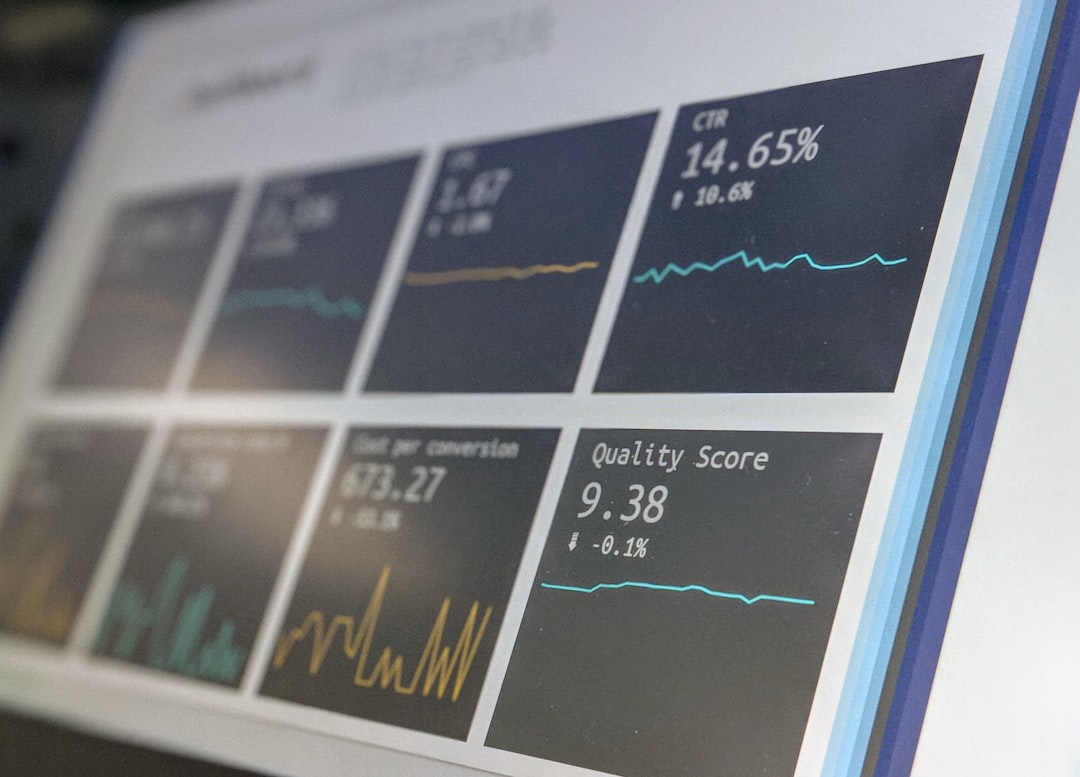
Understanding Batch Processing Systems for Efficient Management and Data Consolidation
In today’s data-driven world, organizations face the challenge of efficiently managing and consolidating vast amounts of data. Batch processing systems have emerged as a robust solution for this purpose, allowing businesses to process large datasets effectively and streamline their operations. This article explores the fundamentals of batch processing systems, their benefits, current trends, and practical applications, providing valuable insights for organizations looking to enhance their data management strategies.
What is Batch Processing?
Batch processing refers to the execution of a series of jobs or tasks on a computer system without manual intervention. Unlike real-time processing, where data is processed immediately as it arrives, batch processing collects data over a period and processes it all at once. This method is particularly useful for tasks that do not require immediate results, such as payroll processing, data transformation, and report generation.
Key Characteristics of Batch Processing Systems
- Automation: Batch processing systems automate repetitive tasks, reducing the need for human intervention and minimizing errors.
- Throughput: They are designed to handle large volumes of data efficiently, making them ideal for organizations with significant data processing needs.
- Scheduling: Tasks are scheduled to run at specified times, allowing organizations to optimize resource usage during off-peak hours.
- Resource Management: Batch processing systems can allocate resources dynamically, ensuring that processing power is utilized effectively.
Benefits of Batch Processing Systems
Implementing batch processing systems offers numerous advantages for organizations:
1. Improved Efficiency
By processing data in batches, organizations can significantly reduce the time and resources required for data handling. This efficiency allows businesses to focus on core activities and make quicker decisions based on consolidated data.
2. Cost-Effectiveness
Batch processing can lead to lower operational costs. By scheduling jobs during off-peak hours, organizations can take advantage of lower computing costs and optimize resource allocation.
3. Simplified Data Management
Batch processing systems enable organizations to consolidate data from various sources into a single repository. This centralized data management approach simplifies reporting and analytics, providing a unified view of business operations.
4. Enhanced Data Quality
Automated batch processing can help maintain data integrity by implementing consistent data validation rules and error handling mechanisms, thereby reducing the likelihood of human errors.
Current Developments and Emerging Trends
Batch processing systems are continuously evolving, with advancements in technology leading to new possibilities:
1. Integration with Cloud Computing
Cloud-based batch processing solutions, such as AWS Batch and Google Cloud Dataflow, are gaining traction. These platforms offer scalability, flexibility, and cost savings, enabling organizations to process vast amounts of data without investing in expensive on-premise infrastructure.
2. Use of Machine Learning
Machine learning algorithms are being integrated into batch processing systems to enhance data analysis capabilities. By applying predictive analytics to historical data, organizations can uncover valuable insights and trends that inform decision-making.
3. Streamlined Data Pipelines
Modern batch processing systems are increasingly focused on building streamlined data pipelines. Technologies like Apache Spark and Apache Hadoop allow organizations to process and analyze large datasets quickly and efficiently, enabling real-time analytics capabilities.
Practical Applications of Batch Processing Systems
Batch processing systems have found applications across various industries:
1. Financial Services
In the financial sector, batch processing is commonly used for processing transactions, generating reports, and managing customer accounts. For instance, banks utilize batch processing for end-of-day transaction reconciliations.
2. Healthcare
Healthcare organizations employ batch processing systems to manage patient records, billing, and insurance claims efficiently. This allows for better patient care by ensuring that healthcare providers have access to consolidated data.
3. E-commerce
E-commerce companies use batch processing for inventory management, order processing, and sales reporting. By consolidating data from multiple sources, they can gain insights into customer behavior and optimize inventory levels.
Conclusion
Batch processing systems are essential tools for efficient data management and consolidation. Their ability to automate processes, improve efficiency, and enhance data quality makes them invaluable for organizations looking to harness the power of their data. As technology continues to evolve, the integration of cloud computing and machine learning into batch processing will further enhance its capabilities, providing organizations with even more robust solutions.
For those interested in exploring batch processing systems further, consider tools such as Apache Hadoop, Apache Spark, and cloud-based solutions like AWS Batch.
If you found this article helpful, consider sharing it with your network or subscribing to our newsletter for more insights on data management and DevOps practices.
Further Reading
Glossary of Terms
- Data Pipeline: A series of data processing steps that involve collecting, processing, and storing data.
- Throughput: The amount of data processed by a system in a given amount of time.
- Automation: The use of technology to perform tasks without human intervention.
By adopting batch processing systems, organizations can not only improve their operational efficiency but also gain a competitive edge in today’s fast-paced business environment.


